Project Overview
Creating a New Market Through Strategic UX
The Challenge
How do you convince urban dwellers to let strangers into their homes? How do you explain a service that's never existed before? We faced three critical barriers: cognitive overload from unfamiliar service complexity, trust concerns about home access, and conversion friction from cramming too much into a single decision moment. Our diverse city demographics ranged from tech-savvy millennials to older residents who'd never used an app-based service. None of them had a mental model for 'cleaning-as-a-subscription.'
The Solution
We built trust sequentially, not demanding it immediately. Through systematic research—analyzing cognitive load theory, studying 15+ user interviews, and examining cross-industry onboarding patterns—we designed a 4-step progressive disclosure flow. Each step focused on a single objective while building toward the ultimate goal. Users could see progress clearly, understand why information was needed, and feel confident about the next action. The key insight: novel services require significantly more hand-holding than familiar ones.
The Impact
We achieved a 73% conversion rate from onboarding start to payment completion—more than doubling industry benchmarks of 15-30%. This translated to 1000+ paying customers in twelve months with customer acquisition cost under $45 per user and lifetime value exceeding $300. Our 82% month-2 retention rate beat the 65% industry average, and support tickets related to onboarding confusion stayed under 5%. The design proved that strategic UX can create entirely new markets when applied systematically.
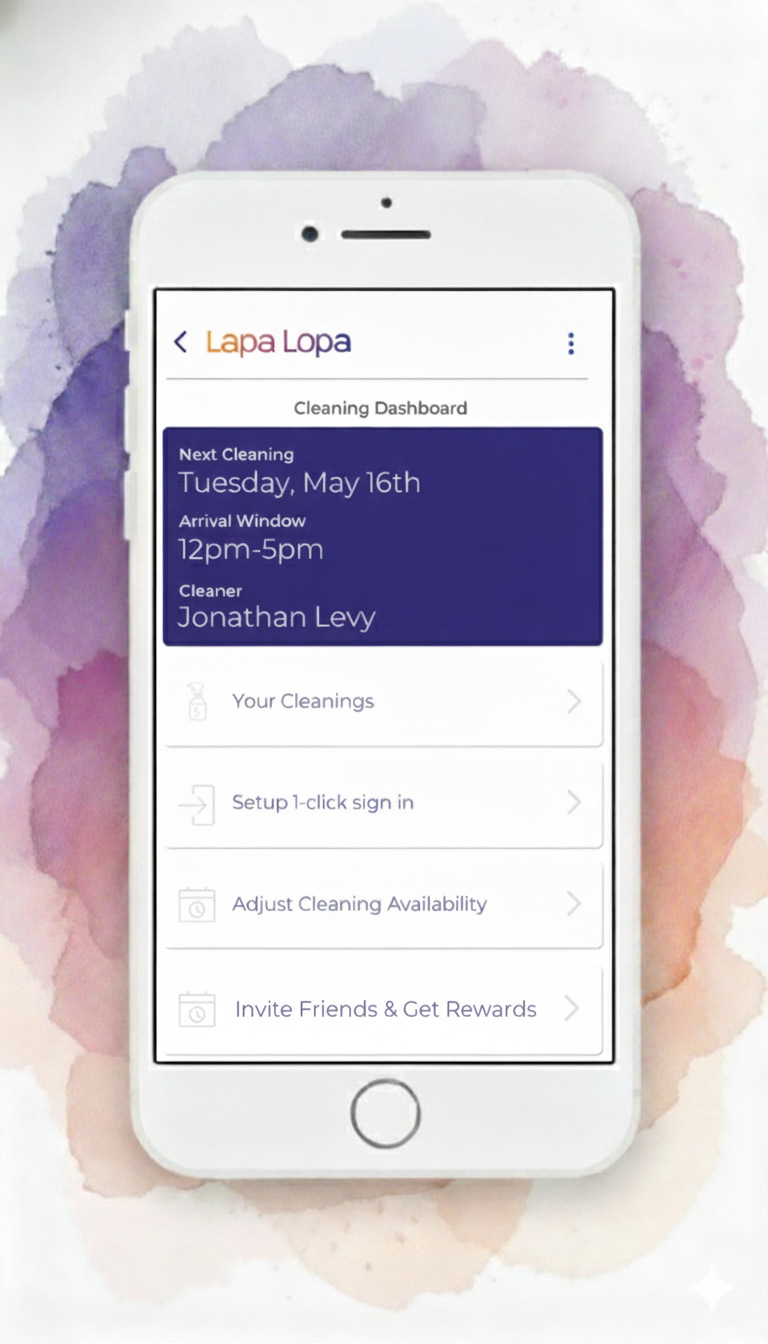

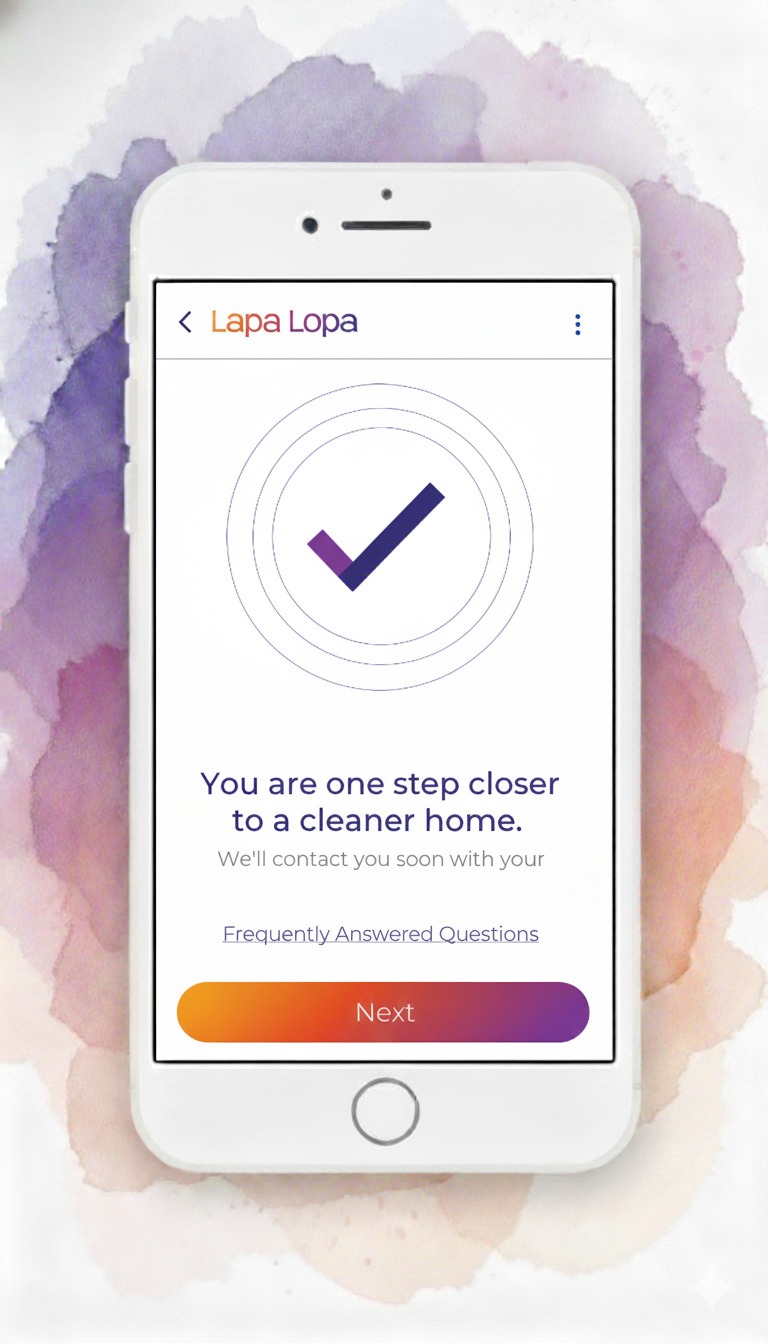
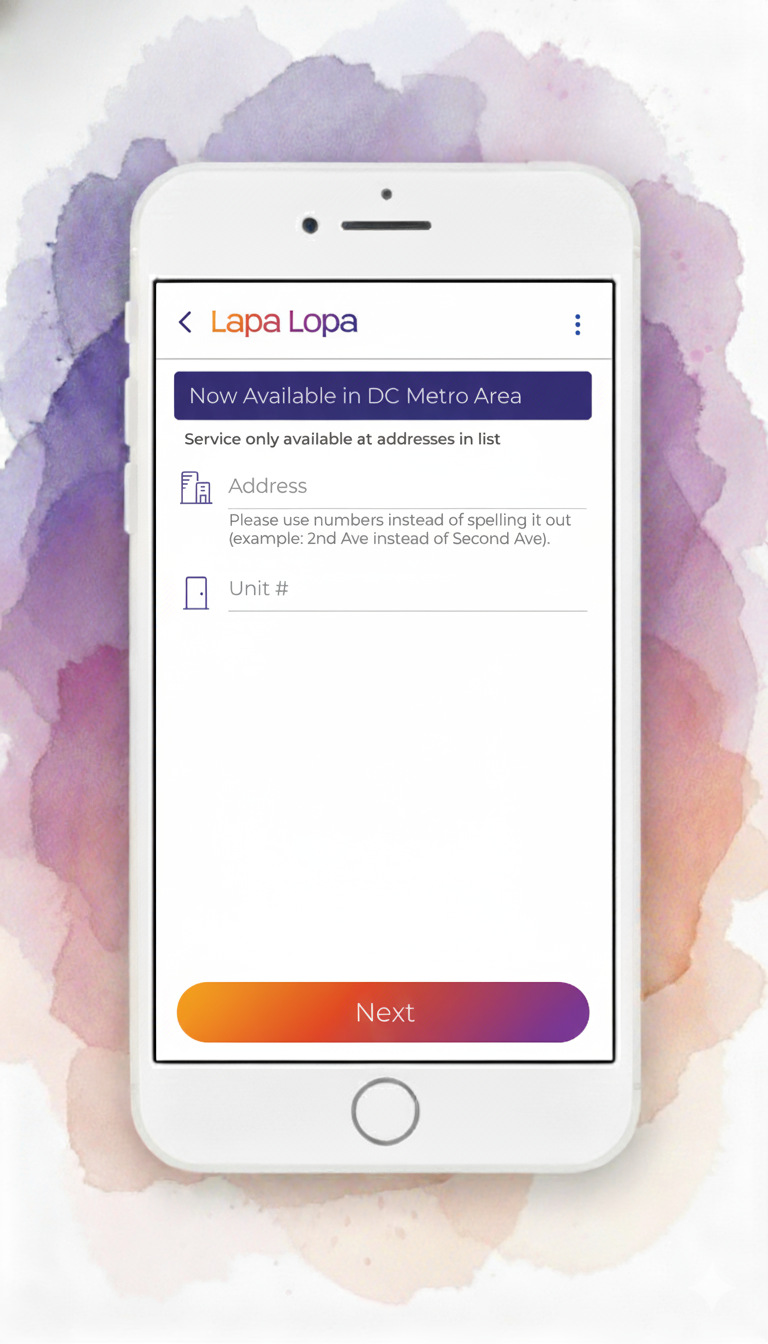
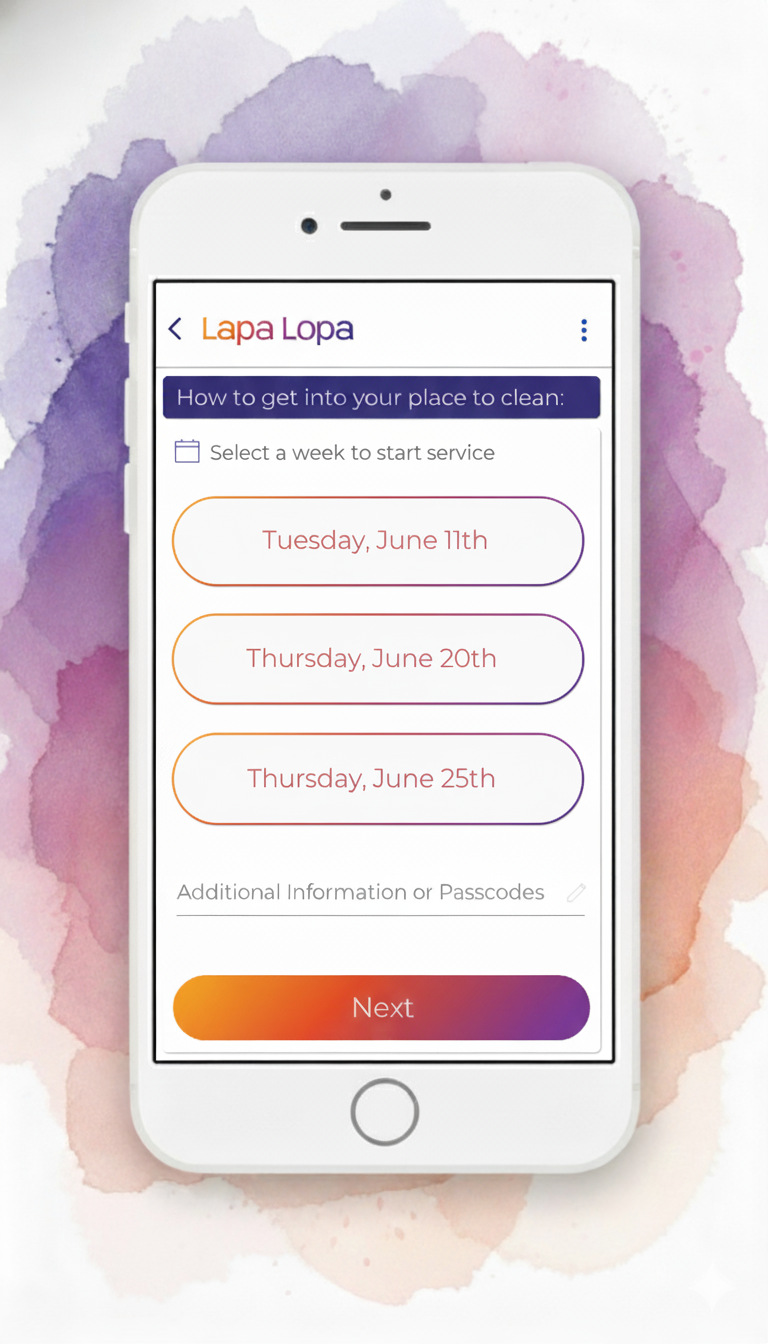


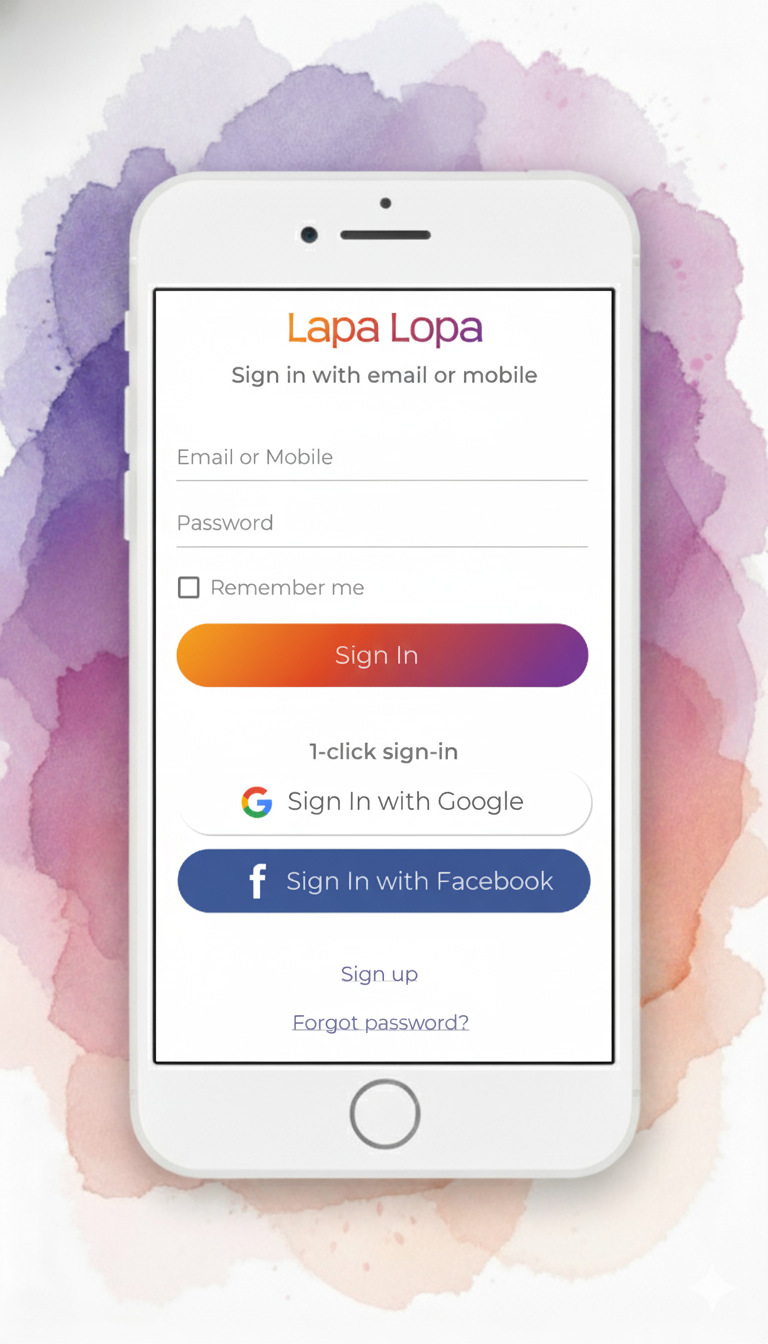
Key Metrics & Results
Measurable Impact on Market Creation
Key Takeaways
Lessons from Creating a New Market Category
Cognitive Load Management Creates Conversion Advantage
Multi-step forms convert 86% higher than single-page alternatives because they respect human working memory limitations (3-5 information chunks). For novel services requiring user education, progressive disclosure isn't just good UX—it's essential business strategy. Our systematic application of cognitive load theory directly translated to measurable conversion improvements.
Trust Must Be Built Sequentially for Novel Services
Users encountering unfamiliar service categories exhibit measurable anxiety-reducing behaviors. They slow down, seek additional information, and rely heavily on external validation before committing. Designing trust-building progression from low-commitment entry to high-commitment conversion—rather than demanding trust immediately—proved essential for our 73% conversion rate.
Research Investment Reduces Market Risk Significantly
Cross-industry analysis, cognitive psychology foundation, and systematic user research provided confidence during development and proved crucial for adoption. Our research-driven approach—studying Netflix's onboarding, financial services trust patterns, and conducting 15+ user interviews—created a replicable framework that scaled beyond the initial product.
Strategic UX Can Create Entirely New Markets
The broader implication extends beyond onboarding optimization. When markets shift rapidly and new service categories emerge constantly, companies that understand user psychology principles gain sustainable advantage. Our methodology proved that strategic UX design can create new markets, not just optimize existing ones, when applied systematically with proper research foundation.
